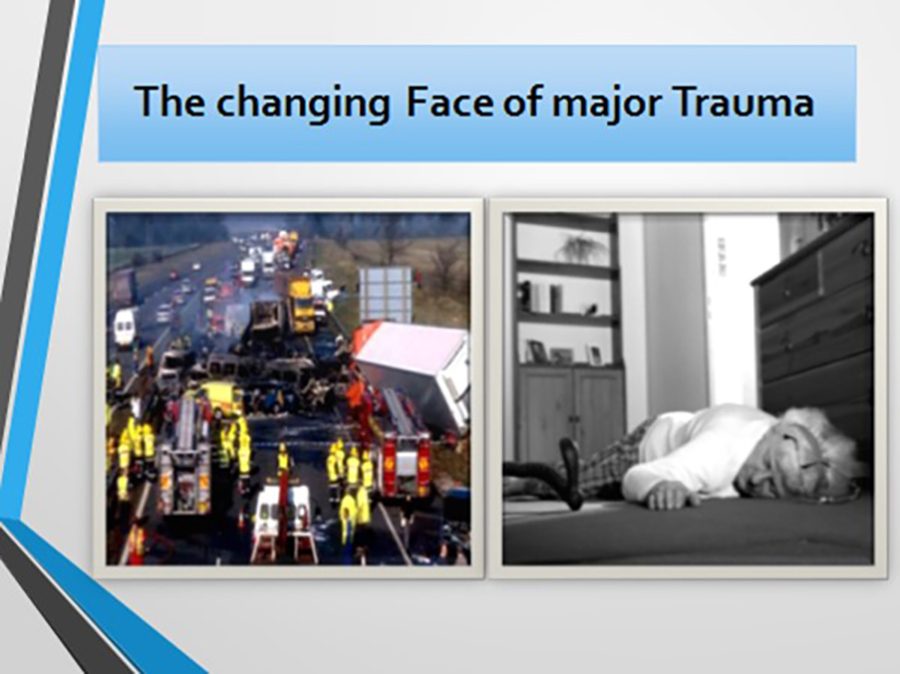
Abdulmugeet Hassan, MRCP, SCE, DGM (Geriatric Medicine) and Advanced Clinical Fellow, Orthogeriatric at New Cross Hospital, The Royal Wolverhampton NHS Trust.
It was nearing 8pm on one rainy evening and Mr OG wanted to show his gratitude and support for the NHS heroes who were risking their lives during the COVID-19 pandemic. Driven only by this motive, he ignored his osteoarthritic hip and struggled with his walking frame to the garden to clap for the NHS heroes. Unfortunately, he lost balance and fell over in the rain. Unable to stand or weight bear, he had to lie outside until the ambulance crew arrived. With the obvious deformity to his leg, he was taken to hospital with a suspected hip fracture.
Every fall is a story and every story has a beginning, a middle and an end. Colleagues always ask me why I spend time asking people how they fell and what were they doing before the fall. This is an important source of intelligence for me about which activities to avoid when I get older. Activities currently on the list include: emptying the bin, walking the dog, picking up the post, tying shoelaces, closing the curtains and hugging grandchildren. With such an extensive list, I worry about how restricted my activities will be in older age as I attempt to avoid a hip fracture.
Since the days of Dr Bobby Irvine and Mr Michael Devas, the cofounders of orthogeriatric care in the 1950s, the key to success has been teamwork. The humble carpenter can provide the best biomechanical outcome but needs a physician to tell them what’s wrong with the patient. All good stories need a rich vein of characters to contribute to the plot and this is reflected in our modern multidisciplinary approach to care.
The story (journey) of Mr OG started with the ambulance crew securing an IV line and giving the painkiller which relieved his agony. In A&E, the neck of femur ANP was immediately alerted and he was assessed by the T&O team, physiotherapy and occupational therapy rapid response teams. Further pain management with nerve block was given. A geriatrician assessed Mr OG and focused on the possible cause of the fall (orthostatic hypotension, osteoarthritis, medication and environmental factors). The ECG, CXR and pelvic x-rays were reviewed. Pre-operative fitness assessment was taken, focusing on cardio-respiratory comorbidities. Bone profile with vitamin D were requested along with FRAX, and plans for bone protection were made. The anaesthetist also assessed the patient and planned for spinal anaesthesia. Mr OG & his wife were kept updated about the progression of care and he consented for the surgery early next morning.
Sometimes we develop a particular kind of unconscious(unbiased) relationship with the patients that we care for. This was the case for Mr OG who fell whilst trying to show his appreciation to the NHS and its staff. The integrated pathway of NOF is very fair, clear and comprehensive – it covers all aspects of care. It starts with calling 999, and goes through pain management, fascia iliac block, rehabilitation and discharge planning. Mr OG went through this journey safely and was discharged home with reablement support.
We chatted together a lot on the day of discharge and over a challenging Sudoku game puzzle I asked him: “You fell while clapping for the NHS – do you think the NHS is (good) for your health? Will you continue to clap for the NHS again after experiencing their care for yourself?” He answered, “definitely, yes, but with the right precautions advised by the nice PT and OT teams.”